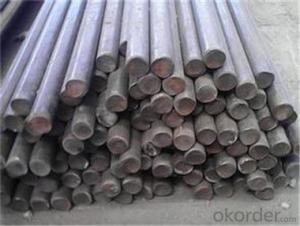American steel structures have been the backbone of industry for over a century. These towering giants of metal have played a crucial role in shaping the landscape of America’s industrial heartland. From skyscrapers to bridges, steel structures have been the foundation of our progress and development.
The Evolution of Steel Structures
The journey of steel structures in America began in the late 19th century. The Bessemer process, invented by Henry Bessemer in 1856, revolutionized steel production, making it more affordable and accessible. This innovation led to a surge in the construction of steel buildings, as it became the material of choice for architects and engineers. The first steel-framed skyscraper, the Home Insurance Building in Chicago, was completed in 1885, marking a new era in architecture and engineering.
The Rise of Skyscrapers
With the advent of steel-frame construction, the sky became the limit, literally. Skyscrapers began to dominate the skylines of American cities, symbolizing the nation’s ambition and progress. The iconic Empire State Building, completed in 1931, stands as a testament to the capabilities of steel structures. At 102 stories and 1,454 feet tall, it was the tallest building in the world for nearly 40 years.
The Importance of Steel in Infrastructure
Steel structures are not just about reaching new heights; they are also about connecting places and people. Bridges, highways, and railways are all built using steel, making it an essential component of our transportation infrastructure. The Golden Gate Bridge in San Francisco, completed in 1937, is a marvel of engineering that spans the Golden Gate Strait, connecting the city to Marin County.
The Resilience of Steel
One of the most remarkable qualities of steel is its resilience. Steel structures can withstand extreme weather conditions, earthquakes, and other natural disasters. The 1994 Northridge earthquake in Los Angeles is a prime example of this. Many buildings collapsed, but those with steel frames remained standing, showcasing the strength and durability of steel.
The Future of Steel Structures
As we look to the future, steel structures continue to evolve and adapt to new challenges. With advancements in technology and materials, we are seeing the emergence of greener, more sustainable steel structures. These structures are designed to reduce energy consumption and minimize environmental impact, making them an important part of our efforts to combat climate change.
The Emotional Connection
While steel structures may seem cold and impersonal to some, they hold a special place in the hearts of many Americans. They represent our past, present, and future. They are a symbol of our nation’s ingenuity, strength, and determination. For some, these structures are a source of pride and inspiration, a reminder of what we can achieve when we push the boundaries of what is possible.
In Conclusion
American steel structures have been and will continue to be the backbone of our industry. They are more than just buildings and bridges; they are a reflection of our society’s values and aspirations. As we continue to innovate and build, let us remember the importance of these structures in shaping our world and our lives.

